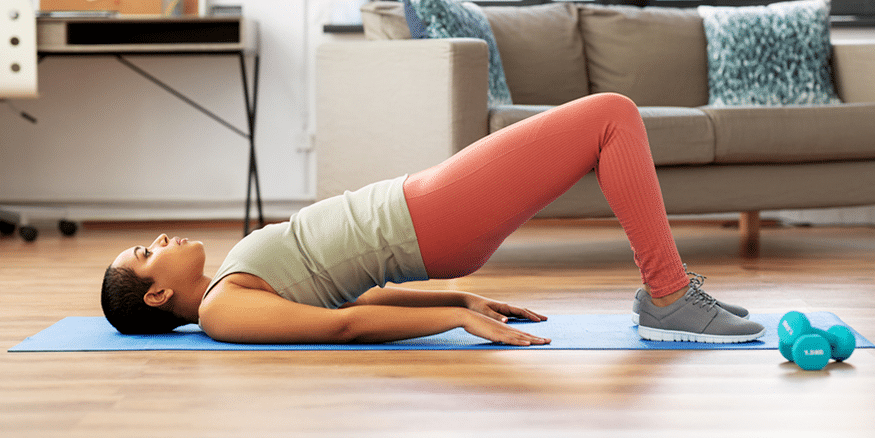Pelvic floor dysfunction is the inability to control the muscles of your pelvic floor.
Aggravating pelvic floor constipation.
When you sit on the toilet the pelvic floor muscles should relax so that you are able to empty your bladder or bowel.
Your pelvic floor is the group of muscles and ligaments in your pelvic region the pelvic floor acts like a.
The effect also seems to improve over time up to two years.
During a biofeedback session a special tube catheter to measure muscle tension is inserted into your rectum.
Your body needs water to stay hydrated to flush out toxins and keep your colon happy.
Dehydration can lead to bowel dysfunction primarily.
Normally the pelvic floor muscles tighten to hold your urine and bowel motions in.
In constipation the pelvic floor muscles are tight and overactive and do not know how to relax.
Common causes of constipation are.
Lack of physical activity especially in the elderly medications e g.
Lifestyle factors such as low activity level.
Some nutrition supplements such as iron and calcium.
For a mild or moderate prolapse nonsurgical treatment is often effective.
Based on the principle of operant conditioning biofeedback provides auditory and visual feedback to help retrain the pelvic floor and relax the anal sphincter.
Medicines such as antidepressents and opioids.
Anterior prolapse occurs when the pelvic floor becomes weak or if too much pressure is put on the pelvic floor.
Constipation and the pelvic floor muscles.
Once patients with pelvic floor constipation have these basic tools they can begin retraining the pelvic floor muscles with biofeedback.
Anterior prolapse is treatable.
This can happen over time during vaginal childbirth or with chronic constipation violent coughing or heavy lifting.
Constipation can play a huge role in contributing to pelvic floor dysfunction.
Constipation has many causes so we need to address diet and fluid intake activity level and other habits.
Relaxing your pelvic floor muscles at the right time during defecation can help you pass stool more easily.
Previously everyone lived by.
Low fiber dietary patterns.
In a study of biofeedback for pelvic floor dysfunction compared to laxatives the usual treatment for constipation nearly 80 of people undergoing biofeedback had improvement in constipation compared to 22 in the laxative group.
As a pelvic floor physical therapist the first thing i offer my patients is education.
The therapist guides you through exercises to alternately relax and tighten your pelvic muscles.
Irregular meals and not enough fiber in the diet.
Stephanie talked about this in more detail in a previous blog post.
Many things may cause constipation including.

